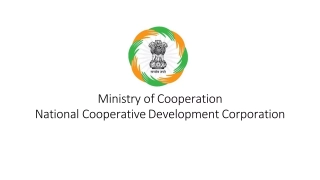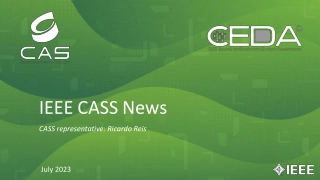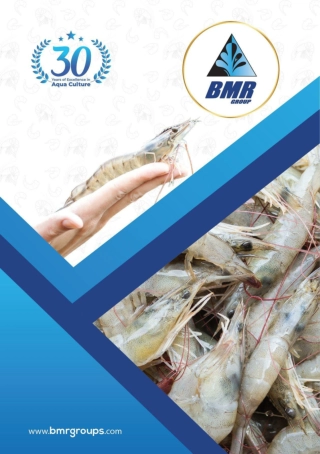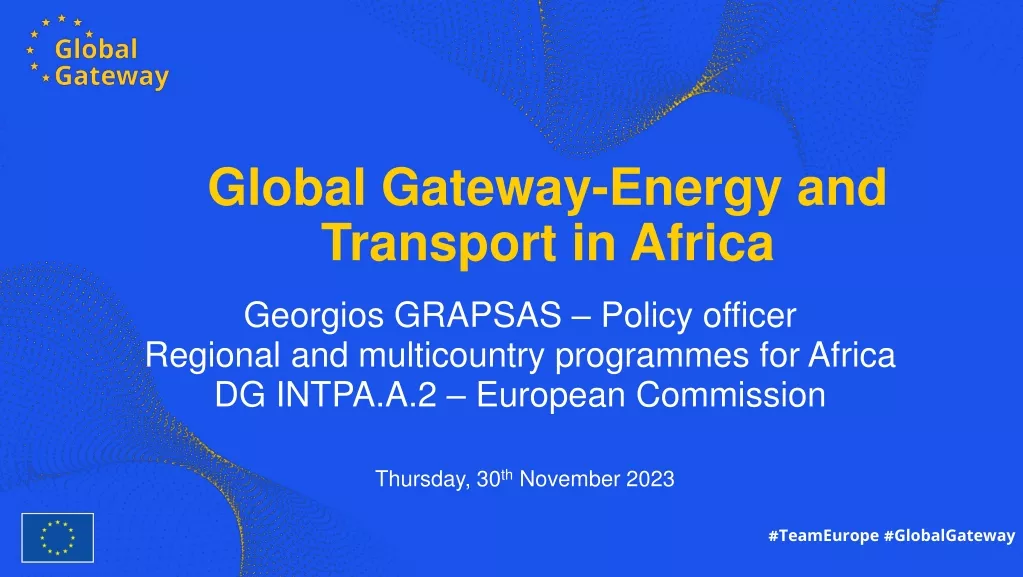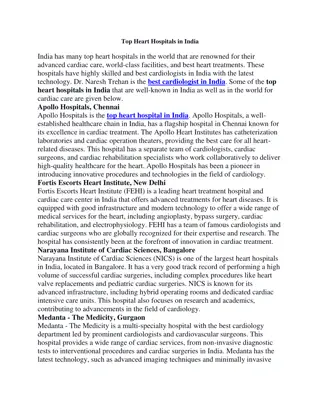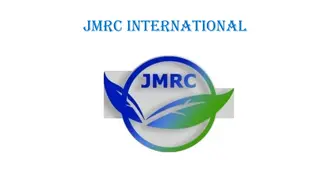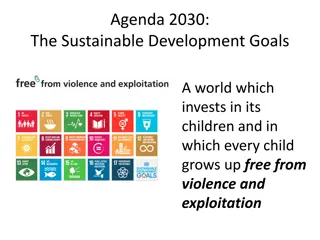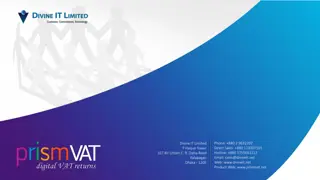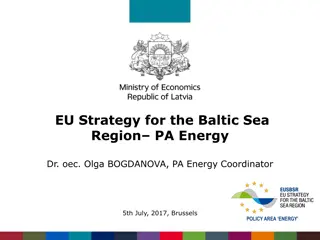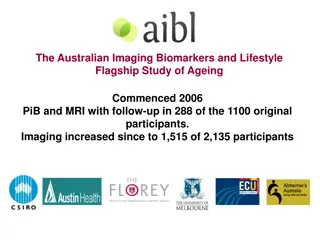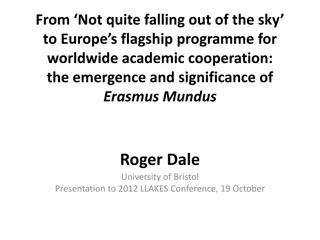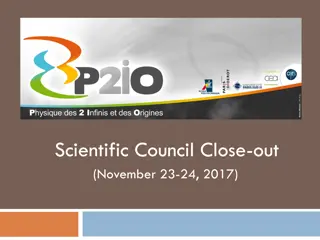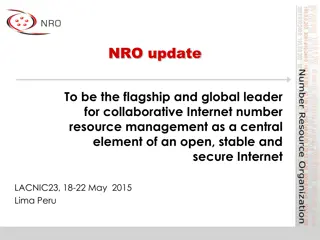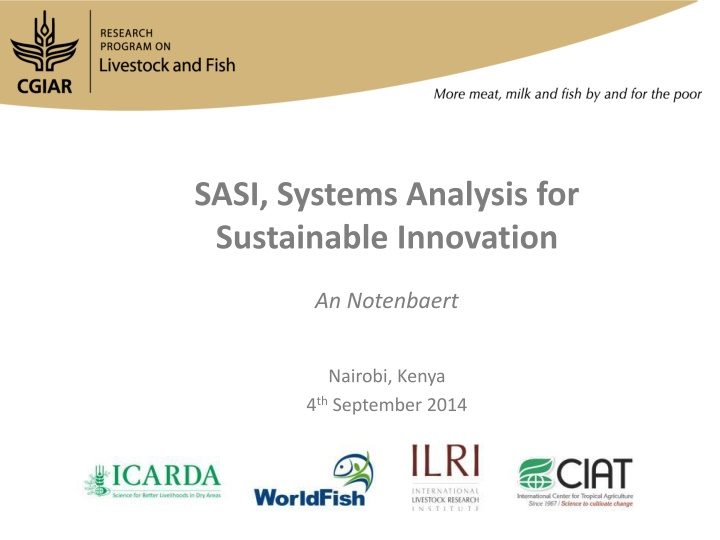
SASI Systems Analysis for Sustainable Innovation in Value Chains
"Explore how SASI bridges technology generation with value chain transformation to create sustainable, gender-sensitive, and pro-poor change. Learn about key interventions and outcomes in the process of guiding pro-poor VC transformation."
Download Presentation

Please find below an Image/Link to download the presentation.
The content on the website is provided AS IS for your information and personal use only. It may not be sold, licensed, or shared on other websites without obtaining consent from the author. If you encounter any issues during the download, it is possible that the publisher has removed the file from their server.
You are allowed to download the files provided on this website for personal or commercial use, subject to the condition that they are used lawfully. All files are the property of their respective owners.
The content on the website is provided AS IS for your information and personal use only. It may not be sold, licensed, or shared on other websites without obtaining consent from the author.
E N D
Presentation Transcript
SASI, Systems Analysis for Sustainable Innovation An Notenbaert Nairobi, Kenya 4thSeptember 2014
SASI at the interface between technology generation and value chain transformation - Assessment of constraints and opportunities in the VC and wider context Guidance on formation of integrated best-bet/best-fit interventions - Guide transformative, gender-sensitive, sustainable, pro-poor change! + learn from the process
Key points Whole system approach: Focal areas: Productivity Food and nutrition security Markets For holistic diagnosis and integrated intervention design . Income and employment . Gender and equity . Environment and NR use Interactions with VCT and Technology Flagships: VC assessments: constraints and opportunities research priorities in technology platforms identification of initial best-bet solutions Multi-scale and multi-dimensional ex-ante assessments prioritized integrated intervention strategies for testing in VCT tested, monitored and adapted by the VCT team refined ex-ante assessments and priority setting Consolidation of learning from the VCs with and aim of creating regional and global knowledge.
Objective and outcomes To design and guide pro-poor VC transformation and learn from the process (in an iterative way) System-based approaches for assessing the needs and appropriateness of Value Chain interventions and their uptake are being used by the other L&F flagships (technology and VCT), CRPs and development actors; Intelligence on which integrated innovations (technological and social) to target where, to who and how is used in Value Chain Transformation and Technology flagships; Lessons and insights drawn from transformative processes are used by other CRPs, donors and development actors.
CLUSTERS OF ACTIVITIES 1. DIAGNOSE: Diagnose constraints and define opportunities for value chain transformation through analysis of the changing local, regional and global context within which the L&F VCs operate and investigation of feedbacks of VC transformation on its operating space 2. DESIGN AND GUIDE: Design best-bet intervention packages for the VCs and guide technology development 3. LEARN: Learn lessons and adapt VC and CRP operations and activities
Some final remarks - Streamlining of assessments: technology & SASI flagships - Mechanisms for ensuring that the interactions happen: - Joint planning meetings - Focal points or joint staff - ?
CGIAR Research Program on Livestock and Fish livestockfish.cgiar.org livestockfish.cgiar.org CGIAR is a global partnership that unites organizations engaged in research for a food secure future. The CGIAR Research Program on Livestock and Fish aims to increase the productivity of small-scale livestock and fish systems in sustainable ways, making meat, milk and fish more available and affordable across the developing world.
Discovery & Delivery Discovery is the development of innovations that are new or applied in a different context Delivery is interpreted as enabling innovations for (value chain) transformation and scaling. ITERATIVE PROCESS * Innovations: technologies, business models, institutional arrangements,

